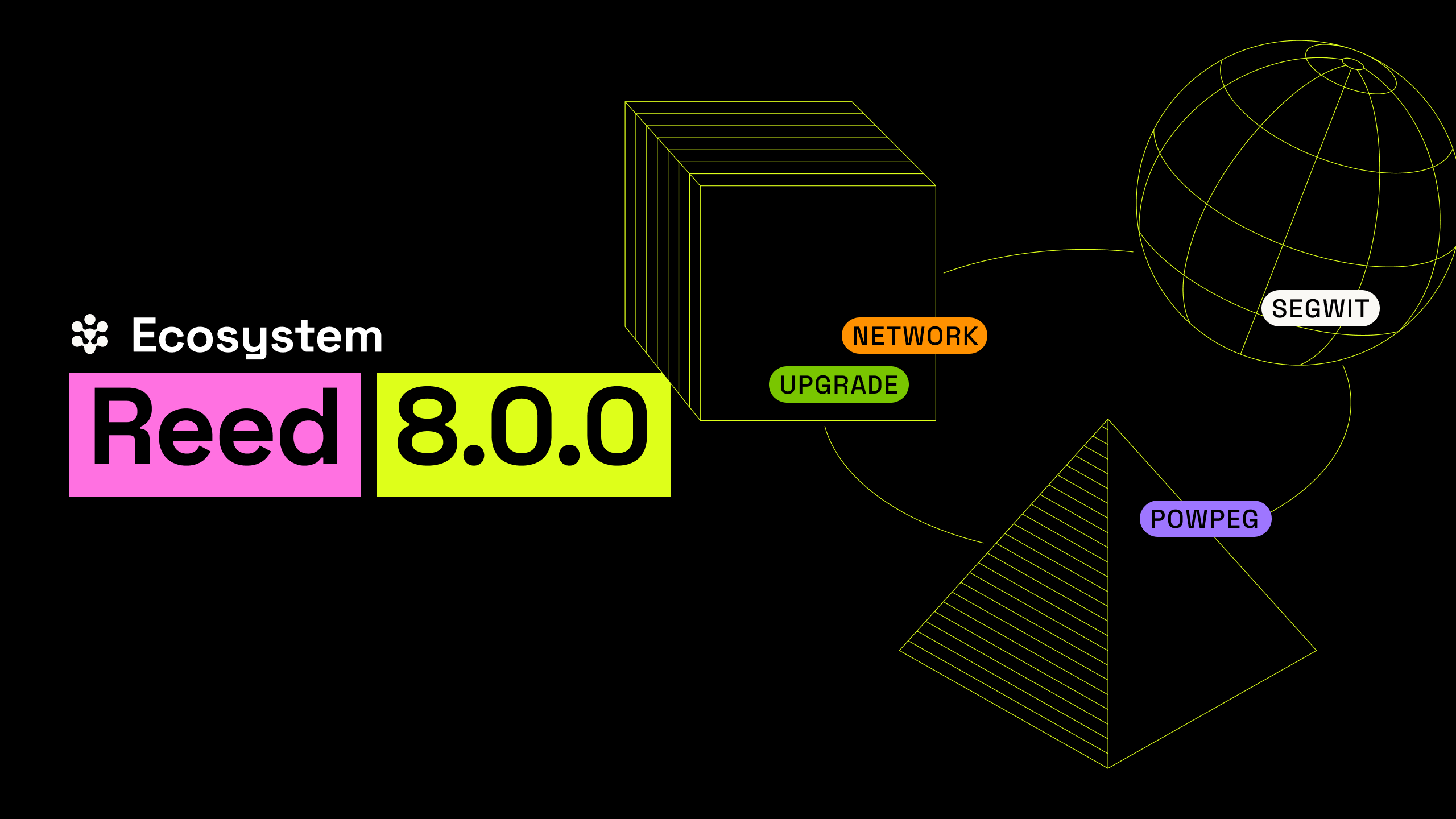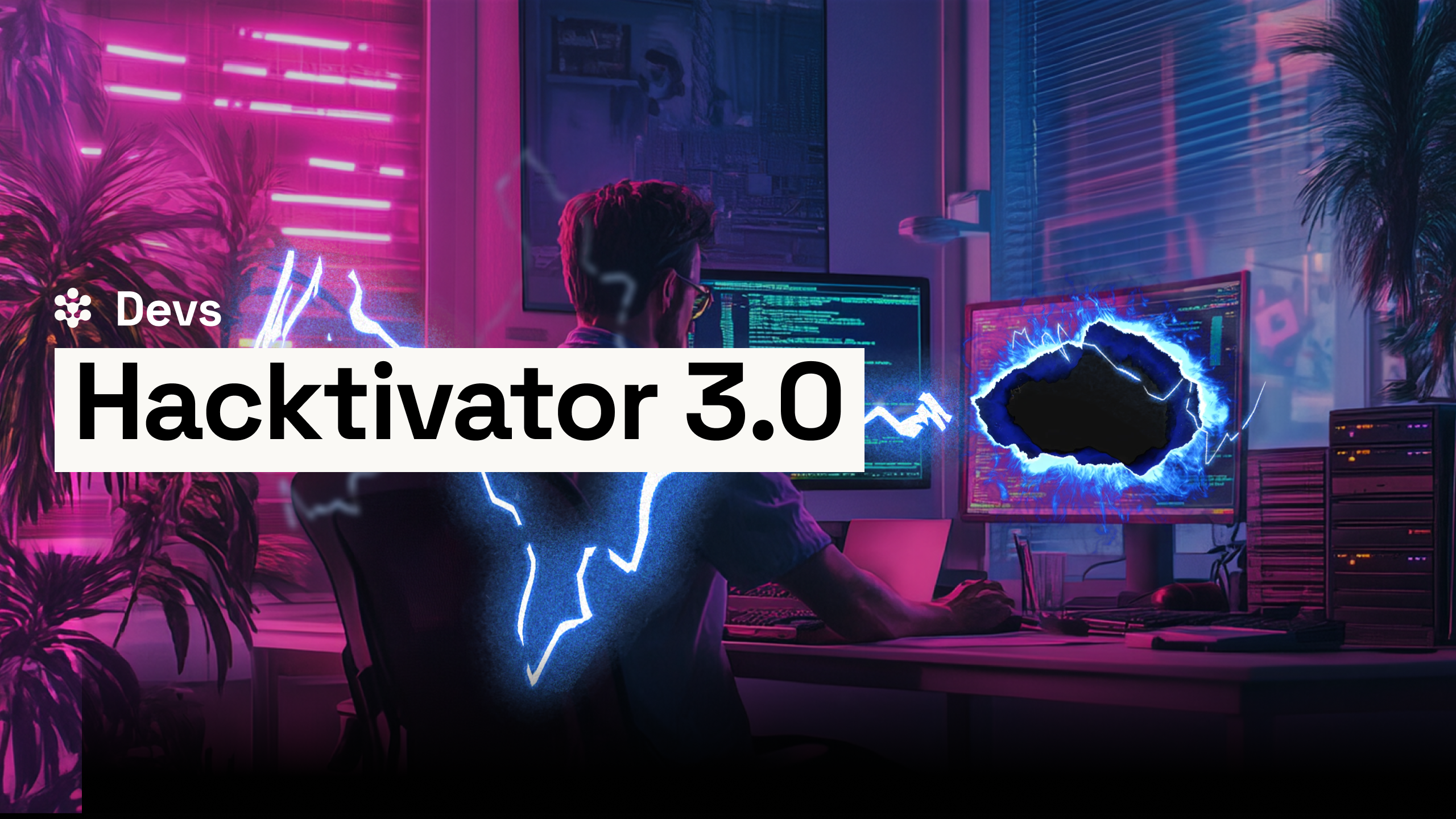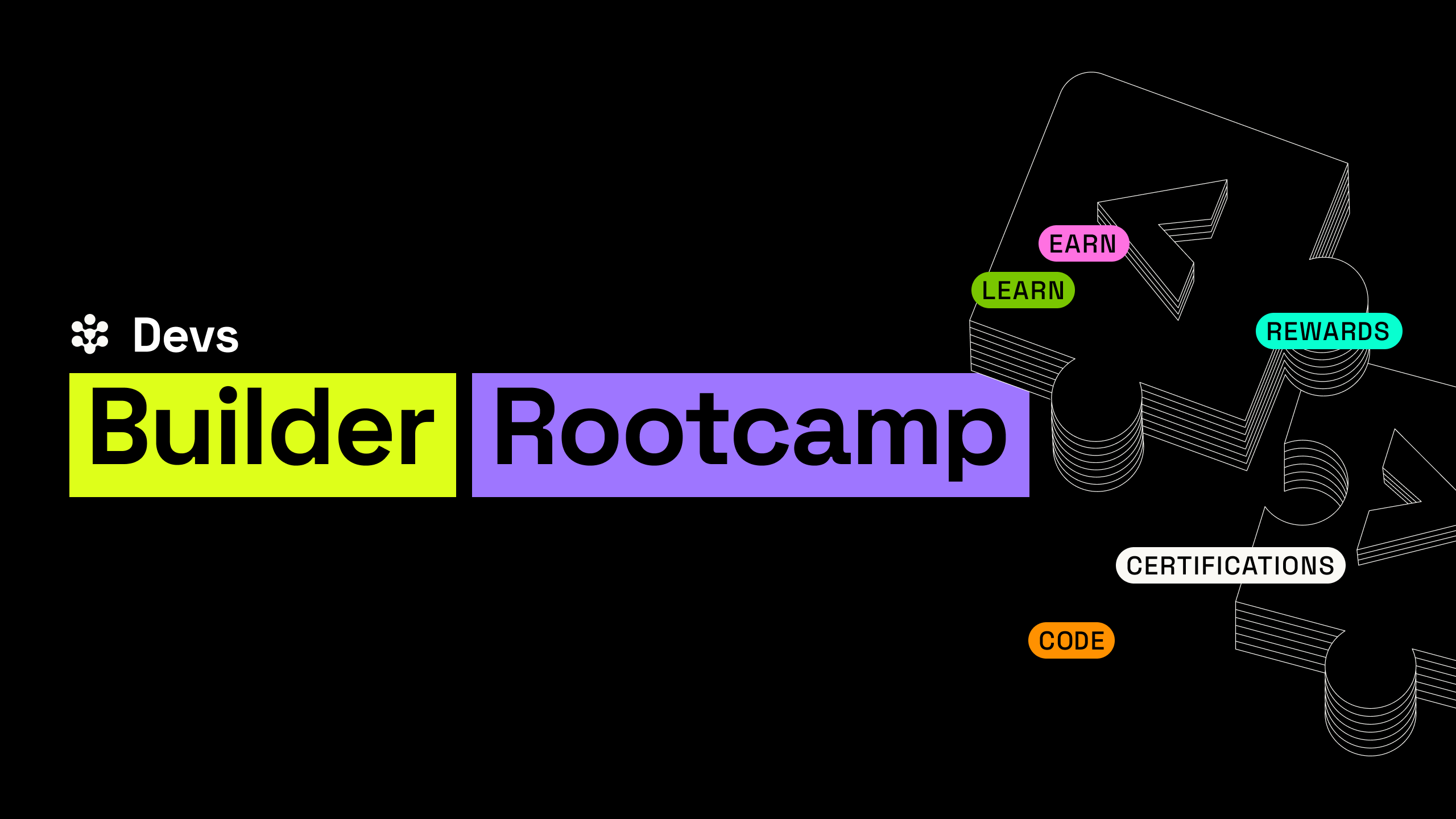Rootstock launched with one clear goal: to give developers, users, and institutions the tools needed to unlock the full potential of Bitcoin. Since then, it has gone through a series of upgrades that made it faster, safer, and easier to use, without losing sight of Bitcoin’s values.
Fully functioning since its launch in 2018, with over 200 ecosystem integrations, and 80% Bitcoin hashrate securing the network, Rootstock has grown into the most complete Bitcoin DeFi layer.
Here’s how the upgrades over the years have shaped Rootstock.

How Rootstock became the most secure DeFi layer on Bitcoin
Bamboo (2017): The Beginning of Smart Contracts and Merged Mining with Bitcoin
Bamboo was the first public version of Rootstock. It brought Ethereum-compatible smart contracts to Bitcoin through the EVM. At the same time, it introduced merged mining with Bitcoin, which meant Rootstock could reuse Bitcoin’s mining power to secure the network. This release set the foundation for everything that followed.
Orchid (2018): A Faster, More Stable Network
Orchid focused on making the network more stable. It improved how nodes connect and share data with other peers and made block propagation faster. This upgrade helped Rootstock become more reliable for early users and developers.
Wasabi (2019): Out of Beta and Ready to Scale
With Wasabi, Rootstock moved out of beta. It introduced the Unitrie; a new data structure that made storing and accessing blockchain data more efficient. It also added Armadillo, a security tool that helps detect hashrate-based attacks. Wasabi added support for more EVM features, making Rootstock a better home for smart contracts on Bitcoin.
Papyrus (2020): A Stronger Connection to Bitcoin
Papyrus made the native BTC-RBTC bridge (PowPeg) safer and easier to use. The upgrade also helped new nodes sync faster and improved memory use across the network nodes. Rootstock became more stable and efficient; two things developers and users both care about.
Iris (2021): Better Developer Experience
The Iris upgrade enabled invalid peg-out transactions refunds, added a PowPeg time-locked emergency multi-signature, and opened the Bitcoin blockchain oracle.
Moreover, it made the Rootstock Virtual Machine (RVM) more compatible with Ethereum’s EVM, allowing Ethereum smart contracts to run seamlessly on the Rootstock network. It added new EVM features and improved how smart contracts handled events and logs. These updates made it easier for Ethereum developers to deploy their apps on Bitcoin through Rootstock.
Hop (2022): Easier and Faster Transactions
Hop improved the bridge experience by supporting peg-out batching transactions and optimizing the Flyover protocol for faster BTC-RBTC swaps. It also made testing easier with faster blocks on Testnet. This release was a big step in improving the developer experience.
Fingerroot (2023): Better Performance and Security
As Rootstock’s usage grew, Fingerroot made it more scalable. It brought a new state database that allowed faster access to data and improved how blocks were processed. It also introduced changes that helped control gas fees and added tools to monitor the PowPeg. These changes made Rootstock safer and more reliable.
Arrowhead (2024): Full Ethereum Compatibility and Dynamic Fees
Arrowhead added full Ethereum JSON-RPC compatibility, which made it easier to run apps and tools from the Ethereum ecosystem. It also introduced dynamic fees, which helped smart contracts run more efficiently. The upgrade opened the door for zero-knowledge-proof systems, making Rootstock ready for more advanced use cases.
Lovell (2025): A New Way to Move BTC
Lovell is Rootstock’s latest and most advanced upgrade. It strengthens the PowPeg, Rootstock’s native and most secure bridge, ensuring that changes are verified before taking effect and that locked funds remain safe and accessible.
It laid the groundwork for increasing the number of PowPeg members (pegnatories) from 9 to 60, making Rootstock the most decentralized Bitcoin sidechain. It also introduced new EVM features and improved transaction speed and confirmation times.
Do more with Bitcoin on Rootstock
Over the years, Rootstock has been the go-to blockchain that makes Bitcoin work for everyone. Every upgrade added something important: better security, faster performance, simpler tools, and smoother user experiences. Today, Rootstock offers everything developers, users, and institutions need to build on Bitcoin and use their BTC: smart contracts, fast bridges, low fees, and strong security backed by Bitcoin miners.
Get started with Rootstock today:
- Move your BTC into Rootstock
- Explore the ecosystem and use cases
- And join the community on Discord to get the support you need


